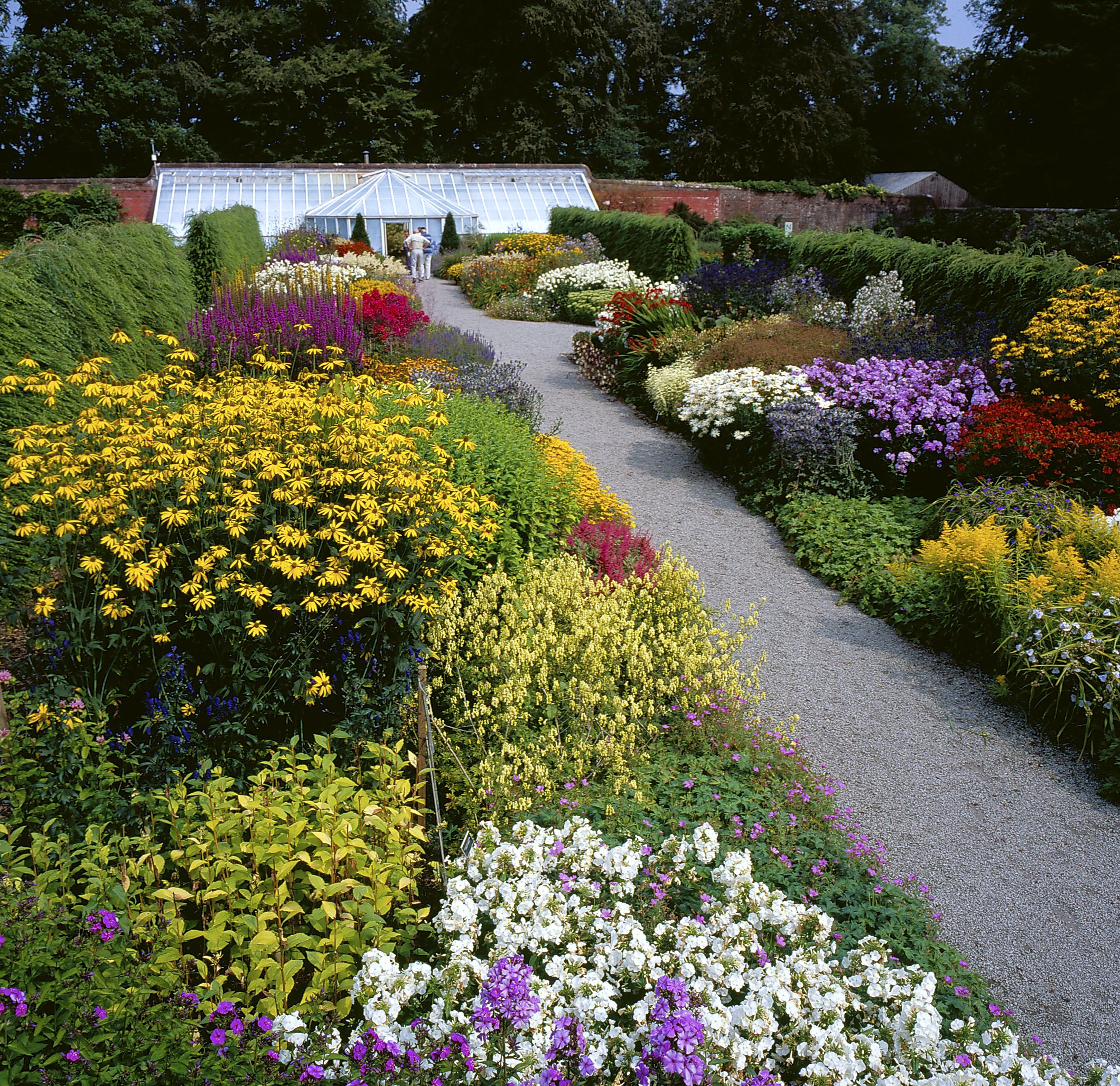Very diverse in age, form, content and scale gardens and designed landscapes will generally include elements of landscaping or land-form, man-made structures and interventions and plantings, with non-native plants locally dominant. Over the years, our gardens and designed landscapes have been heavily influenced by people’s personal taste and interests, changing fashion, budgets, and the availability of plant components and their capacity to survive and thrive. Soil type, conditions and local climate will vary, creating further diversity.
Combined, these elements create contrived ecosystems and interdependent communities. These elements need to be managed if their continuity and their value as habitats is to be ensured, although the frequency of interventions will vary. Gardens and designed landscapes can be home to a very diverse range of species from bats to birds, badgers, slow worms and hedgehogs. They are important for pollinators such as bees, hoverflies and butterflies. They provide people with their closest encounters with nature on a daily basis and their greatest capacity to recognise and contribute to the wildlife value of their own communities.
Action Needed
- Support for the Scottish (and UK) horticultural nursery trade- locally grown and small plants have a lower carbon footprint and reduce the exposure of the gardens and designed landscape habitat to risk from imported pests and diseases.
- Support for developments that include garden space and stronger protection for existing trees in development areas- even small pockets of garden space can provide refuge for wildlife and established trees contribute far more to habitat and amenity than new plantings.
- Support a legislative ban in the use of peat in amateur and professional growing media- without legislation further progress on peat-free gardens will be minimal. This issue links local choices with the protection of the wider environment and climate change ambitions.
Threats
- Imported plant pests and diseases- increasing global trade in plants (on-line in particular) and the movement of people brings risks to our gardens and designed landscapes and this habitat at all scales, and the risk of a problem escaping into the wider environment. Options for artificial controls (pesticides and herbicides) are increasingly limited in availability and use.
- Impacts from developments- hard landscaping (eg creation of driveways for off-street parking) and increased housing density results in a loss of greenscape, threatening the health and resilience of our nature.
- Climate change- as our climate changes, familiar garden plants will begin to struggle and others risk becoming invasive non-natives. Changing weather will enable pests and diseases to move across the country and become more problematic. Options for artificial controls (pesticides and herbicides) are increasingly limited in availability and use.
MSP Nature Champion

Sharon Dowey
Member for: South Scotland
Region: South of Scotland
Party: Scottish Conservative & Unionist Party



